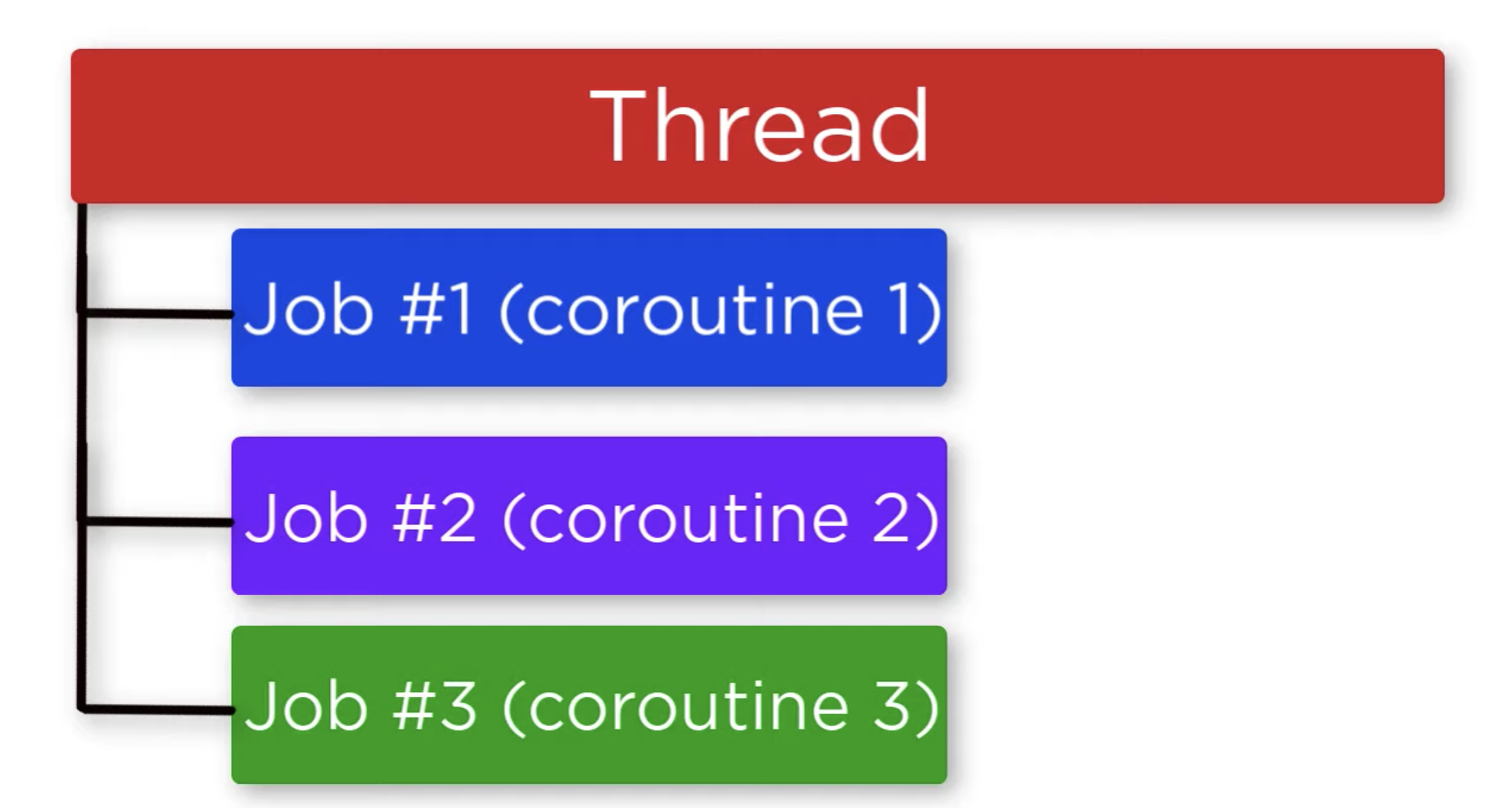

Good for handling streams but how about sequential code?.Forces us to have callback at some time to handle results.Callback hell- Call backs are hard to handle exceptions, read & understand, and debug the code.Each type has it’s pros and cons, If we consider generic problem between all of them are, Java-Thread, Thread Pools, AsyncTasks, Loaders, Executors, Handlers, Future, Service to handle in background and RxJava. Let’s start by creating a project, first take all dependencies which are important for our project.Till date there are so many ways to handle the thread in Android. Reference : Dagger Hilt in Android Step by Step Guidance Dependency Injection normal information.Normal API calling and it’s fundamentals.When you sign up in this given API, then the API site will give you an API key, it is necessary to call the API. The API information is provided in the following: API Link (Sign-UP)

We are creating one demo application for the purpose of calling the imdb API to retrieve the movie data. Kotlin Coroutines in Android Let’s start learning API calling with the help of Kotlin Coroutine

In this blog, we will discuss how to use Call API’s with Kotlin Coroutines.īefore moving forward, if you are seeking to grasp the fundamentals of Coroutine, then you must check out this blog first: Coroutine is the best option for efficient parallel work because it is highly recommended by the Kotlin language and Android development community. Asynchronous API calling is the most efficient method, and there are several ways to perform parallel work, including AsyncTask, RxJava, and Coroutine. There are various ways to call an API and transfer data between applications in Android development. The API is responsible for handling significant changes, making it easy to modify the product. API, which stands for Application Programming Interface, connects application services to users, improving their experience. API calls are a crucial part of any Android application development, and understanding how they work is essential.


 0 kommentar(er)
0 kommentar(er)
